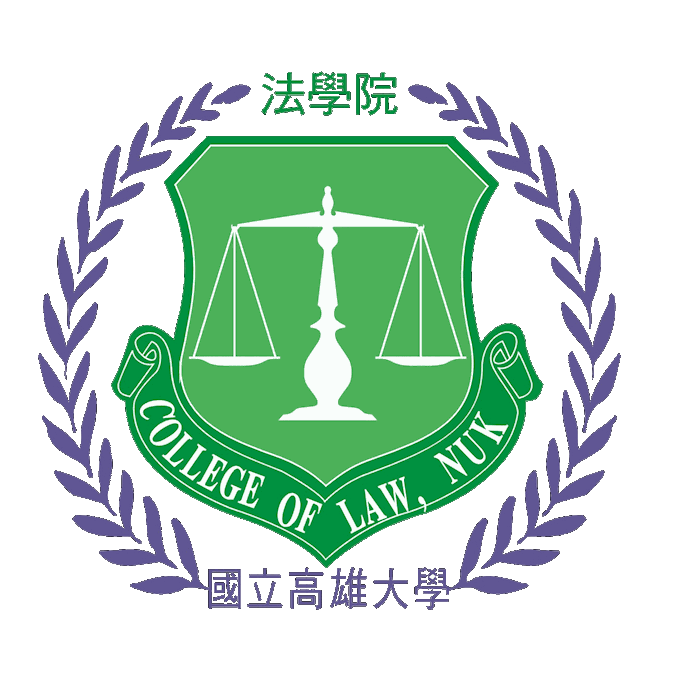

專利權之要件除實體性要件外,尚有程序上之要件,包括說 明書的充分揭露要件。專利法要求專利申請人充分揭露其發明之 原因在於,國家授與發明人專利權之對價為發明人須揭露其發明 之內容,而對人類知識有所增益。在歐洲專利公約與其會員國之 專利法上,充分揭露要件代表專利申請人在申請時已擁有該發 明,然而,在美國法上,充分揭露要件有不同之意涵,因為美國 法上之發明之擁有乃以書面描述要件來確保。 在現代人工智慧(以下簡稱「AI」)熱潮中,我們須謹記美 國法雖在專利客體方面採開放態度,甚至允許發現可為專利之客 體,但其乃是在程序要件階段做把關,因為其程序要件,除充分 揭露要件外,比大陸法系多了一個書面描述之要件,而且,其對申請專利範圍(claim)之解釋乃採周邊界定主義。 本文於介紹發明概念之廣狹義差異後,介紹美國法與大陸法 系在可專利性之客體與程序要件上之差異後,探討以AI 相關發 明申請專利在屬大陸法系之東亞國家所可能會產生之問題。 本文認為,對大陸法系國家而言,雖法律上有限定須屬利用 自然法則之技術思想才屬發明,但在專利國際化之今日,申請審 查實務多受美國之影響,而在電腦程式(包括AI)及生物科技 等領域廣泛允許專利權。有大陸法系學者專家即建議,由於AI 相關發明通常具有抽象性格,因此,為了從不同角度來具體描述 該發明,只要對適當描述該發明之範圍有所助益,則宜對同一 AI 發明儘量多請求複數( 或複數類型) 之申請專利範圍 (claim),而此雖增加費用負擔,但在主張權利方面應能值回 票價。 此一建議鑒於大陸法系對申請專利範圍(claim)未採周邊 界定主義,而且,其程序要件除充分揭露要件外並無書面描述之 要件,應屬可採。因此,本文認為,雖然大陸法系國家之專利法 並無書面描述之要件要求,但仍應要求申請人須在申請專利範圍 或說明書中交代其發明之結構與特徵等,一則以證明其已擁有該 發明,另則以免其專利之排他權過廣。
The patent requirements include substantive and procedural requirements, like the enabling disclosure requirement. The consideration for granting a patent by the state is that the inventor has sufficiently disclosed the invention to the public. The enabling disclosure requirement in EPC countries ensures that the inventor has possessed the invention when the application is filed. The enabling disclosure requirement has got a different meaning in U.S. law, because the possession of the invention is made sure by the written description requirement. There is an artificial intelligence (hereinafter “AI”) race in the world, especially in east Asia. Although the US definition of invention is broad, and allows any human-made thing under the sun to be patented, the U.S. patent law uses patent procedural requirements to control the patent scope. In addition to the enabling disclosure requirement, the US patent law has the written description requirement, which is absent in civil law countries, and the US patent claim is construed peripherally. After introducing the difference between the narrow and broad definition of invention and between the patent requirements of U.S. law and civil law, this article argues that although it is not difficult to apply for computer program (including AI) patents, but the procedural requirements of U.S. patent law, including the peripheral claiming system, the enabling disclosure requirement and the written description requirement, are used to control US patent scope. Especially, the written description requirement has been used to control computer program (AI) patent cope. In contrast, EPC uses the patent-eligibility requirement to control the same thing, and its narrow concept of invention require the subject matter be an application of nature power. Although EPC has the enabling disclosure requirement too, but it has not the written description requirement. So, traditional views in civil law countries use the patent-eligibility requirement to control computer program and software patent applications. International competition pressure in East Asia makes AI patent application quickly pass the patent-eligibility requirement examination. However, the absence of the written description requirement would make the patent scope too broad. It is submitted that AI inventors need to show that he or she has possessed the invention by sufficiently described the invention in the claims and documents.